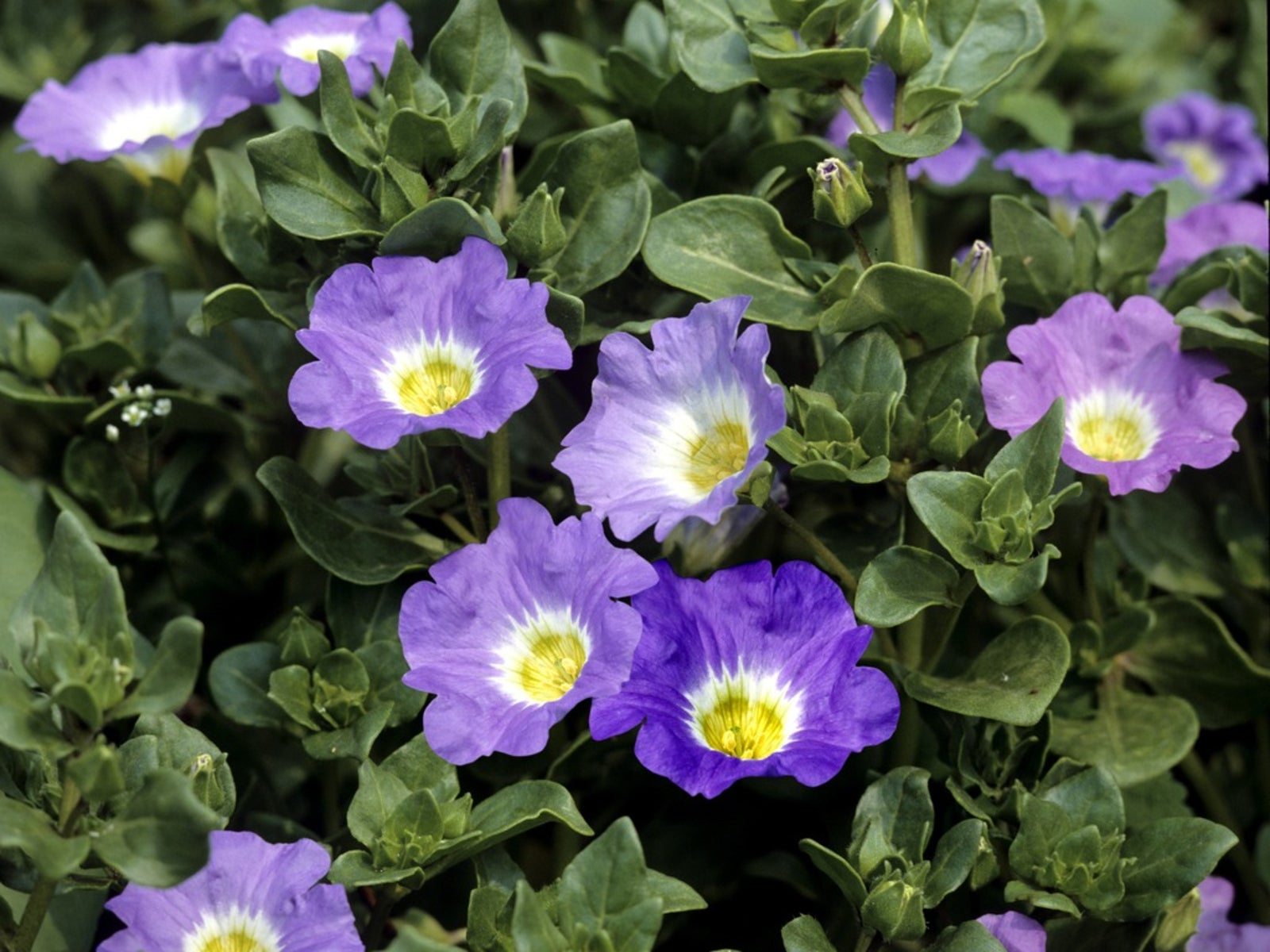Nolana Chilean Bell Flowers: Tips For Growing Nolana Bell Flowers


Chilean bell flower (Nolana paradoxa), also known as Nolana, is a sturdy desert plant that decorates the garden with striking, trumpet-shaped blooms throughout the summer. The plant is perennial in USDA Zones 9 and 10. In cooler climates, it is grown as an annual. Nolana Chilean bell flowers, which resemble morning glory blooms, are available in intense shades of blue, purple, or pink. The underside of the plant's fleshy leaves excretes salt, which traps moisture and allows the plant to survive in extremely dry desert climates. This low-growing plant is an effective ground cover for difficult areas.
How to Grow Chilean Bell Flower
Chilean bell flower, which isn't widely available in nurseries and garden centers, is usually planted by seed. You can plant Chilean bell flower seeds directly outdoors after all danger of frost has passed in spring. Although planting outdoors is preferred, you can also start the seeds indoors in peat pots five or six weeks before the last expected frost. Sprinkle the seeds lightly on the soil and cover them with about 1/8 inch (0.5 cm.) of sand or soil. Thin the seedlings, allowing 4 to 8 inches (10 to 20.5 cm.) between each plant, when they are 2 to 3 inches (5 to 7.5 cm.) tall. The plant requires full sunlight and thrives in any well-drained soil, including sand, gravel, and poor, dry soil.
Nolana Plant Care
Growing Nolana bell flower requires little effort. Keep the soil lightly moist until the plants are established and showing healthy new growth. Thereafter, this drought-tolerant plant rarely requires supplemental irrigation. Water lightly if the plant looks wilted. Pinch the growing tips of Chilean bell flower plants when they are 3 to 4 inches (7.5 to 10 cm.) tall. This will force the plant to branch out, creating fuller, bushier growth. Chilean bell flower requires no fertilizer. If you want to save seeds for planting in spring, harvest a few dry blooms in late summer. Place the blooms in a paper sack and shake the bag occasionally until the seeds are completely hard and dry, then store them in a cool, dry place until planting time.
Sign up for the Gardening Know How newsletter today and receive a free copy of our e-book "How to Grow Delicious Tomatoes".

A Credentialed Garden Writer, Mary H. Dyer was with Gardening Know How in the very beginning, publishing articles as early as 2007.